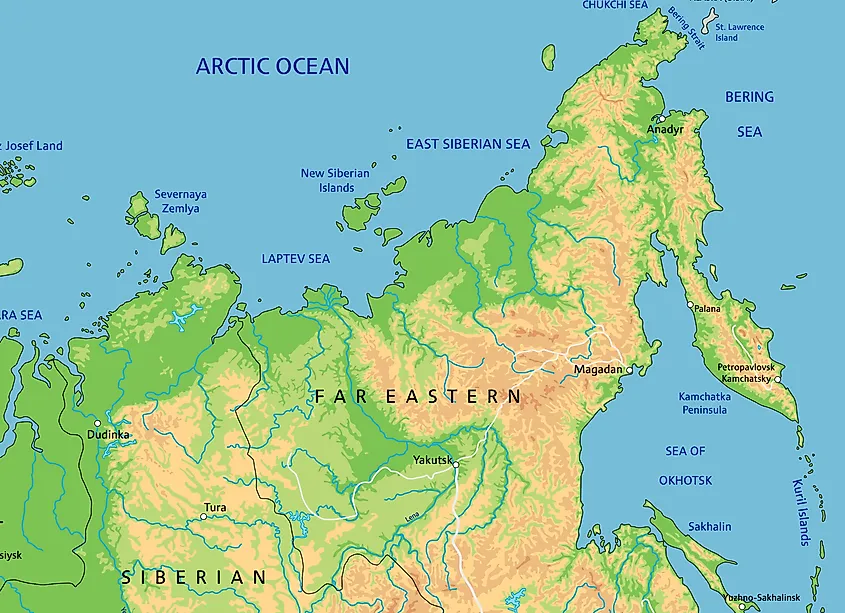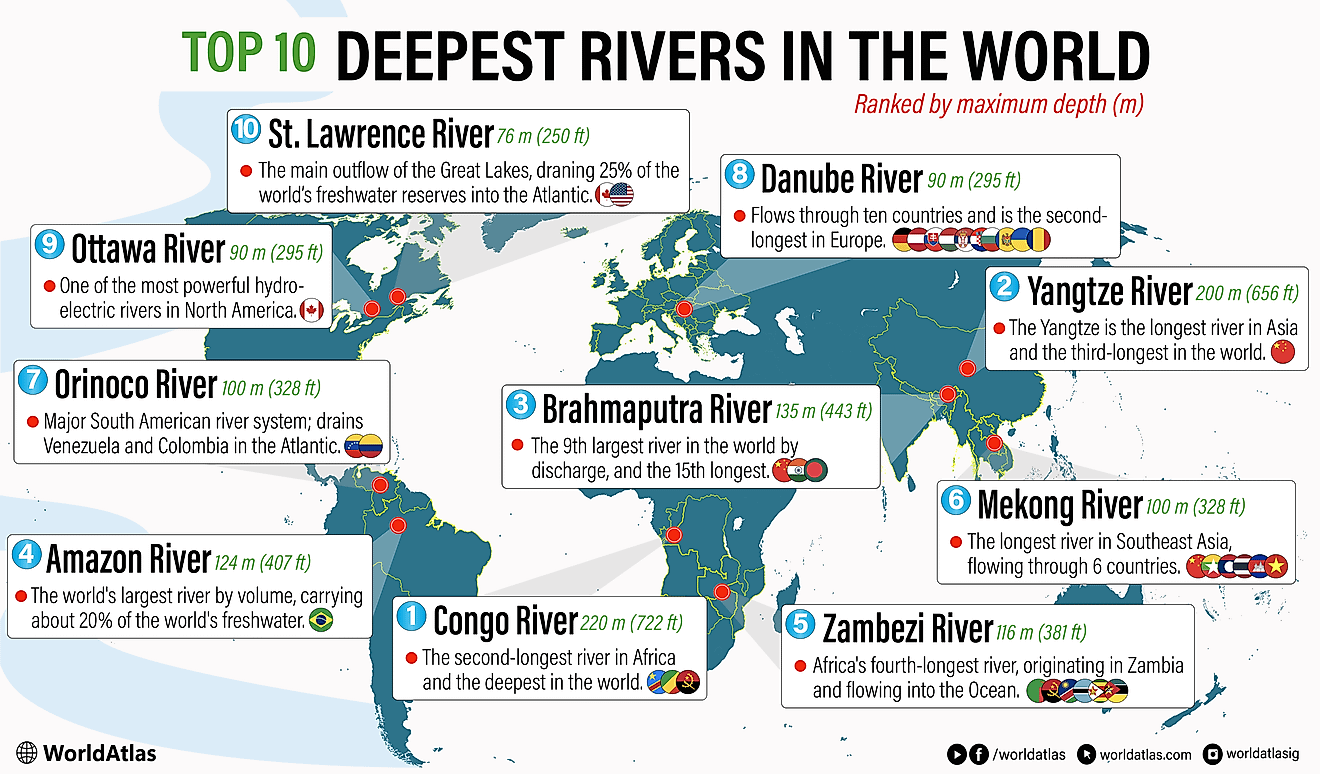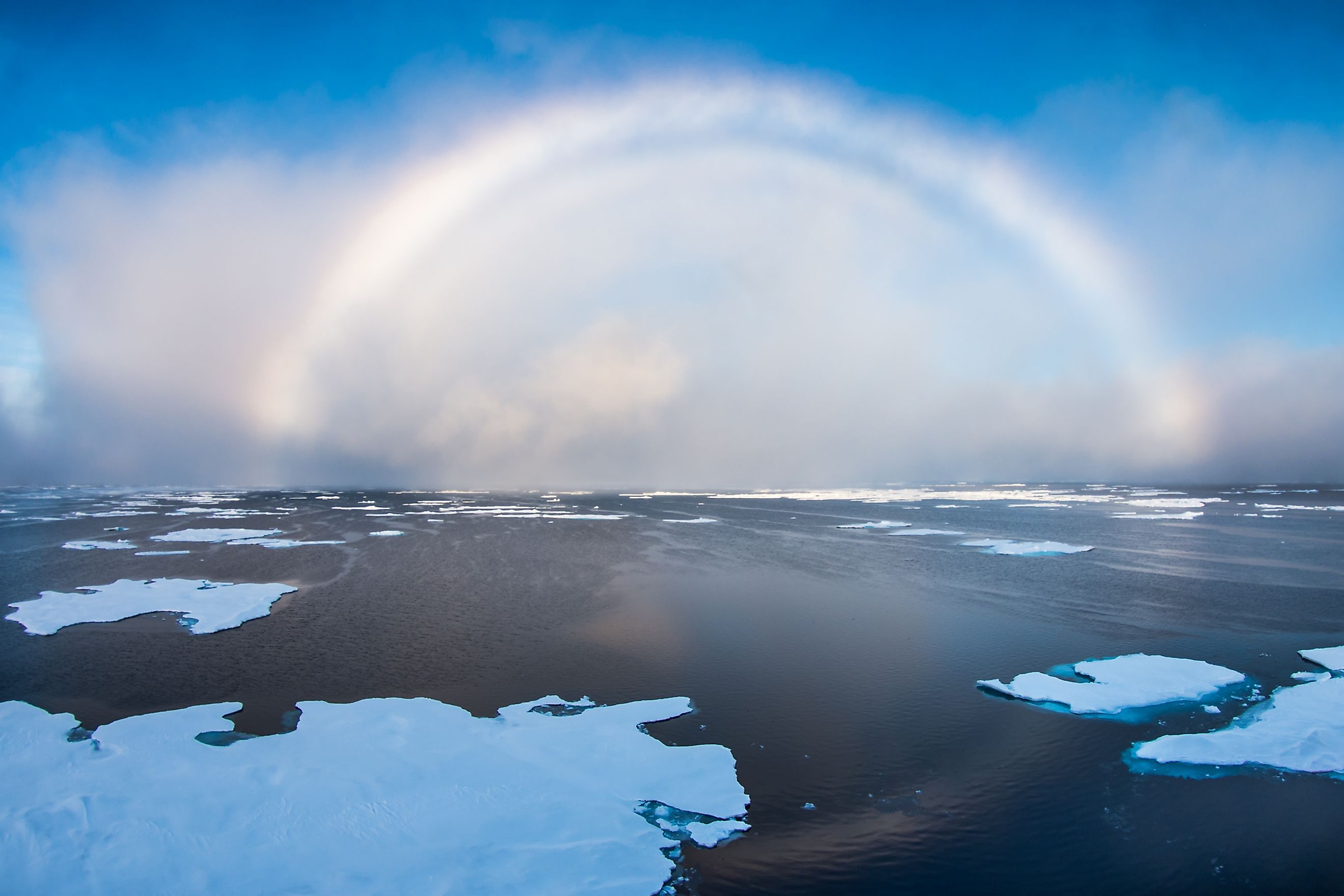
East Siberian Sea
A marginal sea is defined as a sea that is partially enclosed by islands, archipelagos, or peninsulas. They are usually much shallower than the open oceans and are therefore more affected by anthropogenic activities. Covering an area of 936,000 km2, the East Siberian Sea is a marginal sea of the Arctic Ocean and is located along the northern shores of Eastern Siberia. It is one of the least studied seas in the Arctic region.
Contents:
- Where Is The East Siberian Sea?
- Important Geographical Features
- Marine Life
- Important Cities/Towns Along The East Siberian Sea
Where Is The East Siberian Sea?
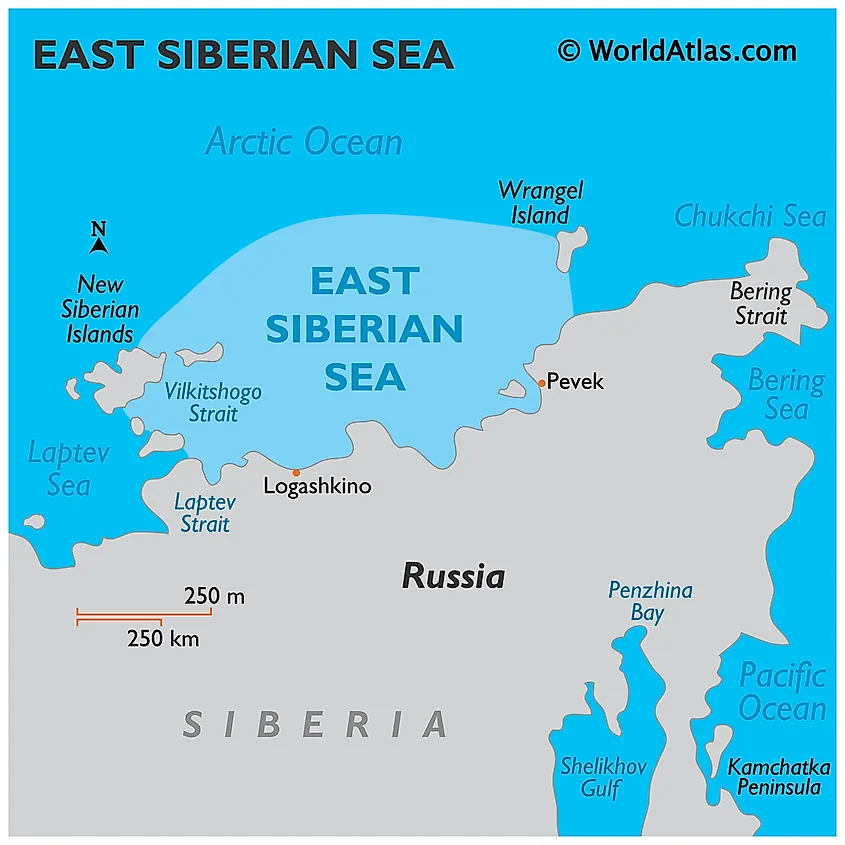
The East Siberian Sea is situated between the Arctic Cape in the north, the Siberian coast in the south, the New Siberian Islands in the west, and the Wrangel Island and Cape Billings in the east. It is connected with the Laptev Sea in the west by the straits of Dmitrya Lapteva, Eterikan, and Sannikov. In the east, it is connected with the Chukchi Sea via the Long Strait.
Important Geographical Features
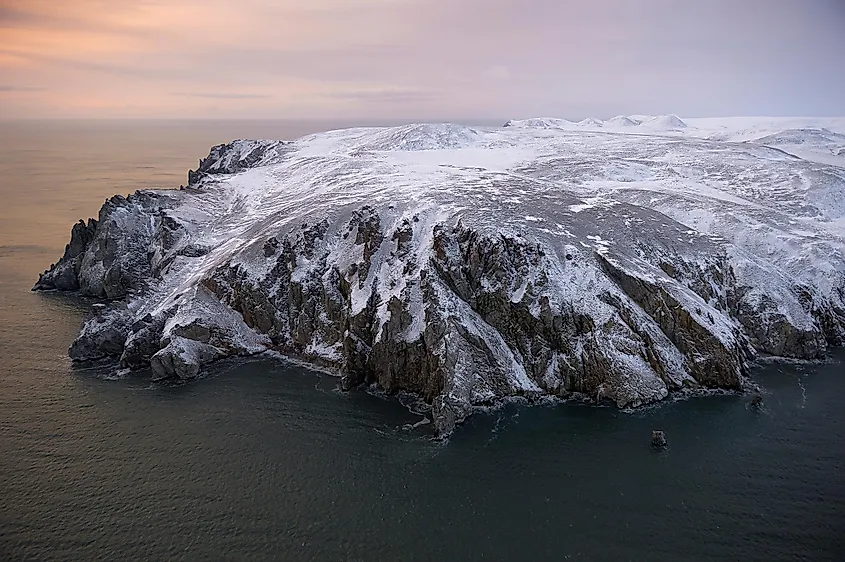
The sea’s maximum depth is about 155 m at its deepest point, while its estimated average depth is 58 m. The sea is as shallow as 9 to 20 m in its central and western parts. The 3,016 km-long coastline of the East Siberian Sea is weakly indented and forms a few bays and gulfs in the southern part of the sea, namely Chaunskaya Bay, Kolyma Bay, and the Kolyma Gulf. The western coast of the sea is mostly plain and uniform with low-lying slopes, while the eastern coast is quite mountainous with steep slopes. The East Siberian Sea's catchment area is 1.342 million km2 with large rivers including Alazeya, Chukochya, Chaun, Indigirka, Kolyma, Pegtymel, and Rauchua rivers. The Sea is bounded in the south by the East Siberian Lowlands.
The East Siberian Sea faces an extremely harsh climate. The sea freezes starting October or November and thaws around June-July. It has been observed that while the sea surface temperature decreases from south to north, the sea’s salinity increases from southwest to northeast.
A few islands and island groups are located in the coastal waters of the East Siberian Sea. Some of the notable islands include Ayon Island, the Novosibirsk Islands, the Shalaurova Islands, and the Medvyezhi island group. These islands cover an area of only 80 km2. Some of these islands are made up of sand and fossil ice and are therefore subject to intense destruction.
Marine Life
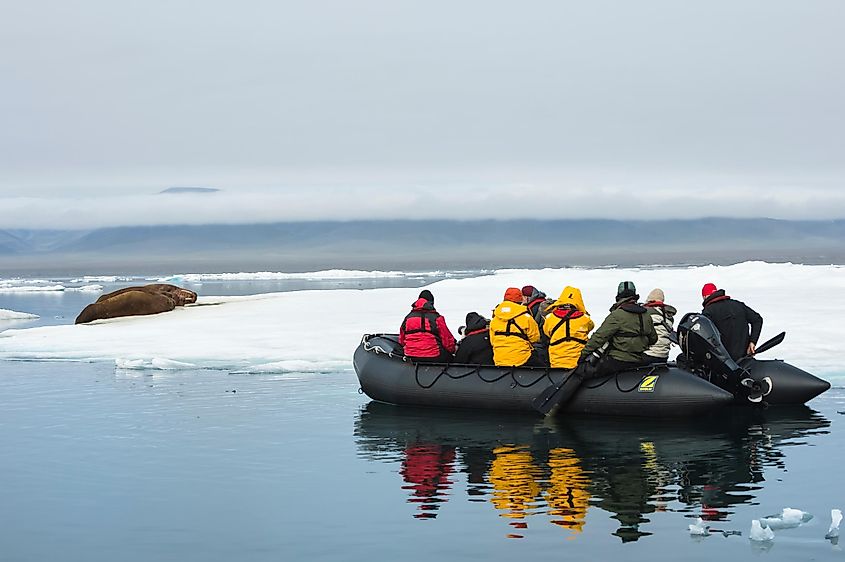
Due to the extreme climatic conditions, the East Siberian Sea possesses very little marine diversity. The short summer plankton bloom produces over 5 million tons of plankton during August and September. Some of the marine species that are found in and around the shores of the sea are ringed seals, bearded seals, walruses, and polar bears. The avian species include seagulls and cormorants. The different species of whales that visit the seawaters include the bowhead whale, gray whale, beluga, and narwhal. The major fish species that are found here are grayling, smelt, saffron cod, polar cod, flounder, and the Arctic char. Some species of valuable whitefish including muksun, broad, and omul are also found in the coastal waters of the East Siberian Sea.
Important Cities/Towns Along The East Siberian Sea
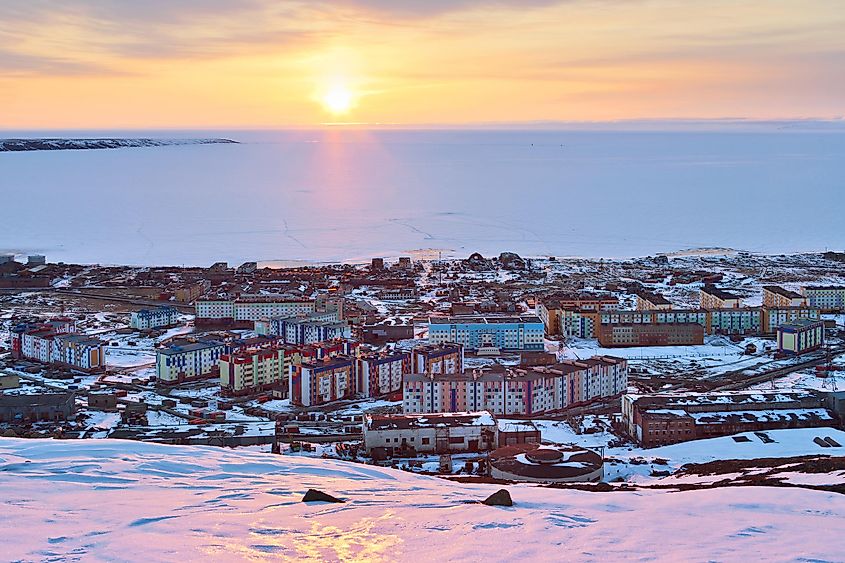
The sea’s southern coast is shared by the Chukotka Autonomous Okrug (Russia) in the east and by the Sakha Republic in the west. There are a few smaller coastal settlements in the region and the only city located here is the city of Pevek, which is also the northernmost Russian city.
The major economic activities in the East Siberian Sea region include mining and transportation of goods. The sea is covered with ice for most of the year and therefore the navigation is strictly restricted to August and September only. Fishing is mainly practiced by the local people, though commercial fishing in this region is mostly undeveloped. Being a part of the Northern Sea Route, the major ports in the East Siberian Sea include Pevek in Chaunskaya Bay and Ambarchik in the Sakha Republic.
